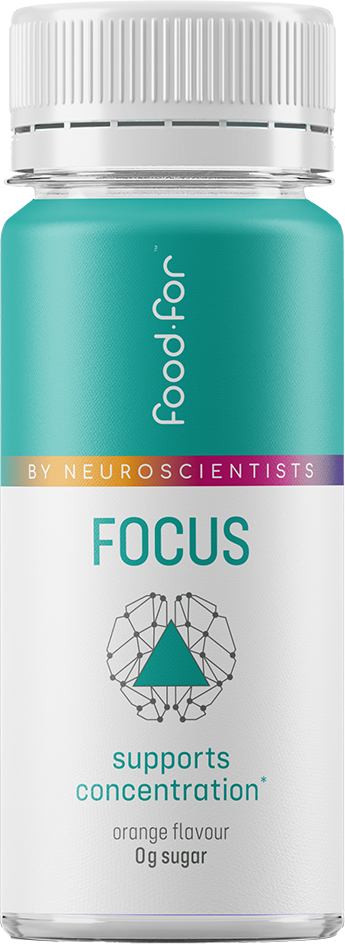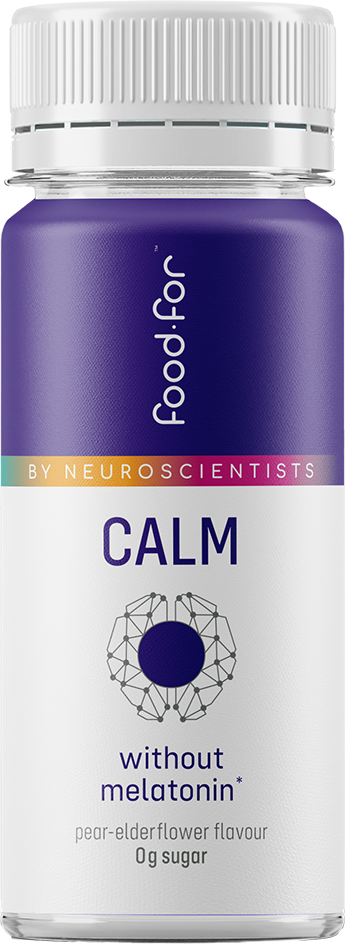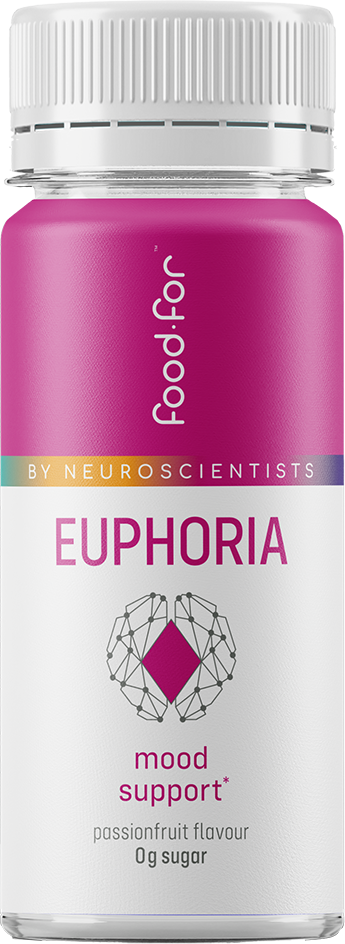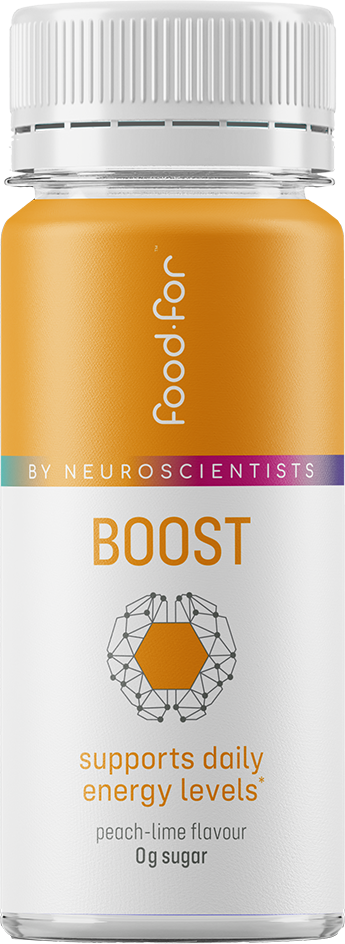Wissenschaft trifft Wirkung
Als Start Up der Universität Zürich liegt uns wissenschaftliche Arbeit am Herzen. Die Ergebnisse zeigen, was wir in eigenen explorativen Konsumenten Studien nachweisen konnten. Das Studienregister enthält außerdem unabhängige Forschungsarbeiten zu den Inhaltsstoffen.
FOCUS
FOCUS steigert nachweislich Aufmerksamkeit & Gedächtnis.
- +76 % bessere Aufmerksamkeit
- -60 % Gedächtnisfehler
- +11 % Verarbeitungsgeschwindigkeit

CALM
CALM fördert nachweislich Entspannung & Erholung.
- +53 % parasympathische Aktivität
- +23% subjektive Schlafqualität
- Signifikant längerer Tiefschlaf

EUPHORIA
EUPHORIA steigert nachweislich emotionale Klarheit & Stimmung.
- +83 % emotionale Klarheit
- +17% positiver Fokus
- +20% subjektives Glücksempfinden

BOOST
BOOST sorgt für spürbar mehr & anhaltende Energie.


- 76% der Teilnehmenden zeigten eine verbesserte Aufmerksamkeit und Informationsverarbeitung
- 60% weniger Gedächtnisfehler im Arbeitsgedächtnis
- 11% schnellere visuelle Verarbeitung

- 83% der Teilnehmenden zeigten eine verbesserte emotionale Klarheit (Emotion Recognition Task)
- 17% positiverer emotionaler Bias, also mehr Fokus auf positive Reize (Emotional Bias Task)
- 20% Zunahme subjektiven Glückempfindens (PANAS)

- 53% gesteigerte parasympathische Aktivität, messbar über Herzratenvariabilität (HRV)
- 23% Anstieg der subjektiven Schlafqualität
- Signifikant mehr Minuten im Tiefschlaf
Unsere Philosophie
Wir unterstützen gezielt die neuronalen Laufbahnen im Kopf, die alle Funktionen wie Konzentration, Laune und Schlaf unterstützen. Diese Laufbahnen benötigen die richtigen Mikronähstoffe als Bausteine, um die Botenstoffe herzustellen.
FOCUS
Das Dopaminerge System ist der wichtigste Neurotrans-mitter, der Aufmerksamkeit und Konzentration im Gehirn reguliert.
EUPHORIA
Das Serotonerge System ist der wichtigste Neurotransmitter im Gehirn zur Regulierung von Stimmung und Emotionen. Er wird auch als „Wohlfühl-Pfad“ des Gehirns bezeichnet.
BOOST
Adenosintriphosphat (ATP) versorgt die Nervenzellen mit Energie und hält das Gehirn funktionsfähig. Es wird als „Energiewährung“ in Ihren Zellen bezeichnet.
CALM
Gamma-Aminobuttersäure (GABA) ist der primäre hemmende Neurotransmitter im zentralen Nervensystem, der für Entspannung und Schlaf verantwortlich ist.
Jeder Inhaltsstoff spielt eine wichtige Rolle
Unser Team hat jeden Inhaltsstoff nach nachgewiesener Wirksamkeit auf die kognitive Leistung ausgewählt und gleichzeitig sichergestellt, dass dein Körper ihn leicht und schnell aufnehmen kann.

Vitamine
Vitamine schützen vor Entzündungen, um die Gehirngesundheit und kognitive Funktionen zu unterstützen.

Mineralien
Mineralien unterstützen die Produktion von Neurotrans-mittern und den Sauer-stofftransport zum Gehirn, um die geistige Klarheit zu verbessern.

Aminosäuren
Aminosäuren fördern die Produktion von Neurotrans-mittern, um die kognitive Leistung und Stimmung zu optimieren.

Pflanzenextrakte
Pflanzliche Verbindungen, die das Gehirn vor Stress schützen und so die Widerstandsfähig-keit und die allgemeine Gesundheit fördern.
Vorteile regelmäßiger Einnahme von FoodFor™
Bleib fokussiert - Bleib stabil.
Da das Gehirn Aminosäuren als Neurotransmitter-Vorläufer nicht speichern kann, ist eine regelmäßige Einnahme wichtig – besonders bei Stress und hoher mentaler Belastung.
Sanfte Wirkung mit System
Pflanzliche Wirkstoffe wie Baldrian und Salbei entfalten ihre Wirkung erst bei regelmäßiger Einnahme, da sie sich im Körper schrittweise aufbauen und die Nervenfunktion langfristig unterstützen.
Stresssichere Unterstützung
Einige unserer pflanzlichen Inhaltsstoffe, wie Ashwagandha und Ginseng, sind Adaptogene, die dem Körper helfen, sich allmählich an Stress anzupassen und das Gleichgewicht zu halten.
Jetzt selbst die Wirkung testen
Fokus, Energie, Balance und Ruhe, wann immer du sie brauchst. Probiere FoodFor™ und erlebe den Unterschied selbst.





